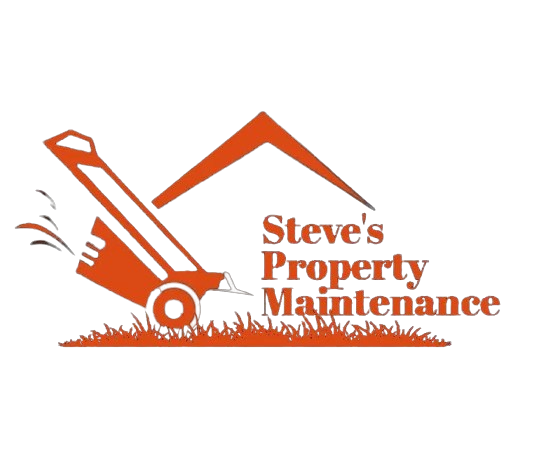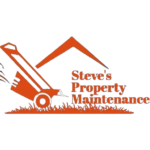Transforming your outdoor living space can bring new life to your home, and one of the most impactful ways to achieve this is through hardscaping. But what exactly is hardscaping? This guide will provide you with a comprehensive understanding of hardscaping, its benefits, and creative ideas to enhance your yard. From choosing the right materials to maintaining your hardscaped areas, we will explore everything you need to know to make an informed decision that elevates your outdoor design.
 landscaping to enhance outdoor spaces.
landscaping to enhance outdoor spaces.
What is Hardscaping? Understanding the Basics
Hardscaping refers to the non-plant elements of landscape design, which includes any materials that are hard and durable. This aspect of landscaping encompasses a variety of structures such as patios, walkways, retaining walls, decks, and fountains. Unlike softscaping, which consists of the living elements like plants and trees, hardscaping provides the foundational features that enhance the outdoor space’s functionality and aesthetic appeal. By understanding hardscaping basics, homeowners can better plan their outdoor areas, ensuring a harmonious balance between hard and soft elements. Effective hardscaping not only beautifies a space but also maximizes usability, creating inviting areas for relaxation and entertainment.
Benefits of Hardscaping in Outdoor Design
When it comes to outdoor design, hardscaping plays a crucial role in enhancing both aesthetics and functionality. One of the primary benefits of hardscaping is that it provides a robust framework for your landscape, offering structure and organization that softscape elements, like plants and trees, cannot achieve alone. By incorporating features such as patios, walkways, and retaining walls, hardscaping can effectively define spaces within your yard, creating areas for relaxation, entertainment, or play. Additionally, hardscaping requires lower maintenance compared to its softer counterparts, making it a wise investment for busy homeowners. Furthermore, hardscaping materials, such as stone, brick, and concrete, are durable, ensuring that your outdoor spaces remain appealing without the continual need for replacement or repair. Another significant advantage is that hardscaping can aid in proper drainage and erosion control, mitigating water runoff and harmful soil erosion, thereby preserving the integrity of your landscape. Ultimately, integrating hardscaping elements can elevate your outdoor environment, making it both functional and visually appealing.
‘The best way to predict the future is to create it.’ – Peter Drucker
Popular Hardscaping Materials to Consider
When it comes to enhancing your outdoor spaces, choosing the right hardscaping materials is essential for creating a functional and aesthetically pleasing environment. Hardscaping, which includes non-plant elements within your landscape design, can dramatically alter the look and feel of your property. Popular materials to consider include natural stone, concrete, brick, and pavers. Natural stone offers a timeless appeal with unique textures and colors, making it perfect for patios and walkways. Concrete is highly versatile, allowing for customization in shape and finish, while brick provides a classic charm that stands the test of time. Pavers, on the other hand, are not only durable but also come in various styles to suit any design preference. By selecting the right hardscaping materials, you can enhance the usability and beauty of your outdoor spaces.
 landscaping that incorporates non-plant elements like patios, walkways, and retaining walls into your outdoor spaces. Maintaining your hardscaped areas not only enhances the aesthetic appeal of your property but also ensures longevity and functionality. First, regular cleaning is vital. Use a pressure washer to remove dirt, grime, and moss buildup on patios and walkways. This not only prevents slips but also keeps the surfaces looking fresh. Next, inspect your hardscape for any damages or cracks, especially after harsh weather. Prompt repairs will prevent further deterioration and preserve the structural integrity of your installations. Additionally, applying a sealant to stone or concrete features can provide protection against stains and weather elements, extending the life of your hardscaping. Finally, incorporate landscaping elements around hardscaped areas—adding plants or decorative stones can create a harmonious balance between hard and soft spaces, enhancing the overall beauty of your outdoor environment. By following these tips, you can ensure that your hardscaping remains in excellent condition for years to come.
landscaping that incorporates non-plant elements like patios, walkways, and retaining walls into your outdoor spaces. Maintaining your hardscaped areas not only enhances the aesthetic appeal of your property but also ensures longevity and functionality. First, regular cleaning is vital. Use a pressure washer to remove dirt, grime, and moss buildup on patios and walkways. This not only prevents slips but also keeps the surfaces looking fresh. Next, inspect your hardscape for any damages or cracks, especially after harsh weather. Prompt repairs will prevent further deterioration and preserve the structural integrity of your installations. Additionally, applying a sealant to stone or concrete features can provide protection against stains and weather elements, extending the life of your hardscaping. Finally, incorporate landscaping elements around hardscaped areas—adding plants or decorative stones can create a harmonious balance between hard and soft spaces, enhancing the overall beauty of your outdoor environment. By following these tips, you can ensure that your hardscaping remains in excellent condition for years to come.
Frequently Asked Questions
What is hardscaping?
Hardscaping refers to the non-plant elements of landscaping, which include materials such as stone, concrete, wood, and brick. It encompasses structures like patios, pathways, walls, and outdoor living spaces that contribute to the functionality and aesthetic appeal of outdoor areas.
What are the benefits of hardscaping?
Hardscaping offers numerous benefits including enhancing the visual appeal of your outdoor space, providing functional areas for activities, improving drainage, and requiring less maintenance compared to planting and gardening. It can also increase property value and create defined spaces for relaxation and entertainment.
What popular materials are used in hardscaping?
Common hardscaping materials include natural stone, concrete pavers, bricks, gravel, and wood. Each material has its unique characteristics and can be used to create various designs and features in your landscape.
Can I do hardscaping projects myself?
Absolutely! Many hardscaping projects are suitable for DIY enthusiasts, especially smaller projects like creating a pathway, building a simple patio, or constructing a garden border. However, larger projects may require professional expertise to ensure safety and proper installation.
How can I maintain my hardscaped areas?
Maintaining hardscaped areas involves regular cleaning, inspecting for damage, sealing porous materials if necessary, and addressing any weed growth in joints. It’s also essential to ensure proper drainage to prevent water damage over time.
About Steve’s Property Maintenance
Steve’s Property Maintenance is a trusted lawn care and landscaping service provider dedicated to keeping properties in top condition across New London County, Connecticut. With a reputation for reliability, attention to detail, and top-quality service, we specialize in lawn care, yard maintenance, landscaping, power washing, and more. Our team is committed to delivering lush, healthy lawns and pristine outdoor spaces for both residential and commercial clients.
📍 Serving: Norwich, Preston, Groton, Stonington, Waterford, Mystic, and surrounding areas.
📞 Contact us at +1 (860) 847-3441 for a free quote and let us take care of your lawn care needs!

